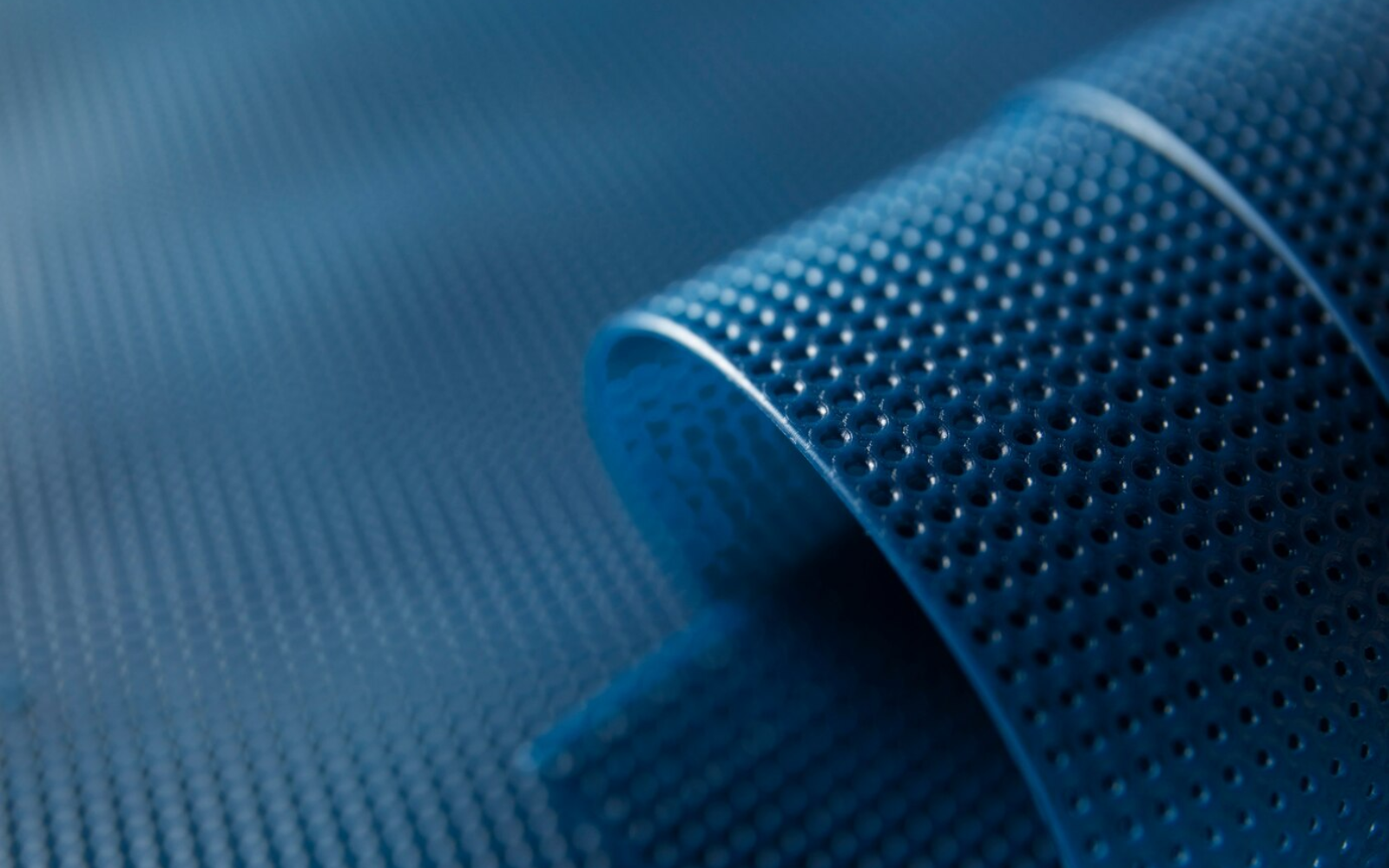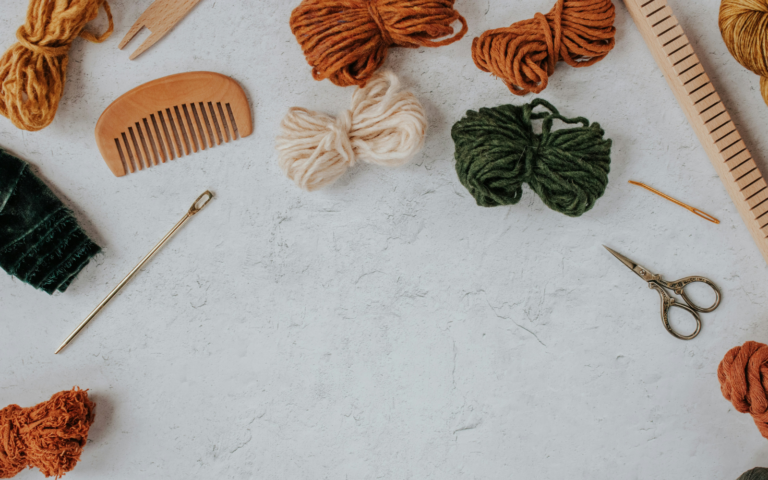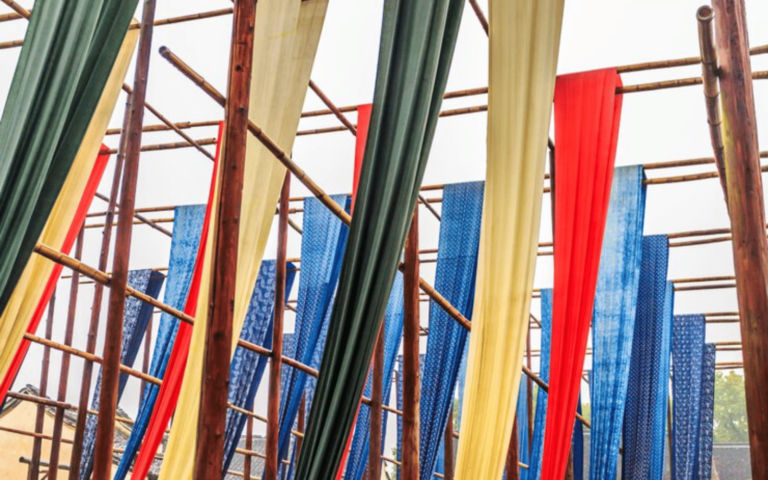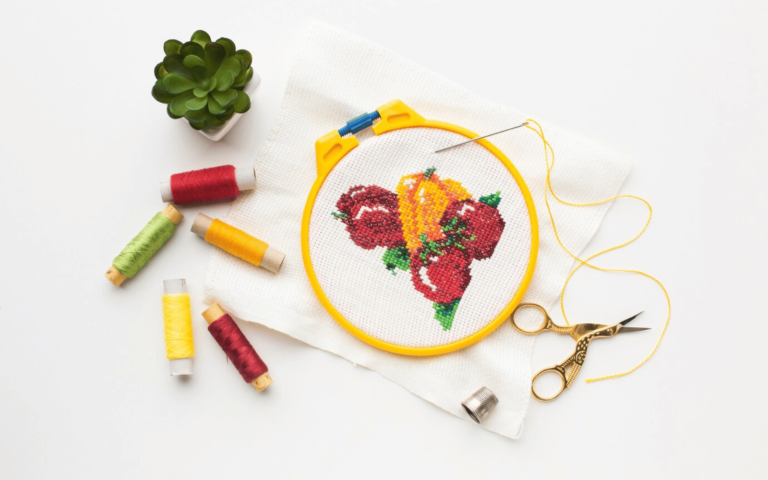Thermal Stitch for Insulated Projects – Discover the Warmth in 2024
The thermal stitch in crocheting is a marvel of craftsmanship, known for its unparalleled ability to produce thick, dense fabrics perfect for insulating purposes. This unique stitch technique is a favorite among crafters who seek to create projects that not only look beautiful but also serve a functional purpose by retaining heat. Ideal for a variety of creations, from cozy blankets to durable potholders, the thermal stitch is a testament to the ingenuity present in the world of textile arts. At its core, it is about layers, effectively doubling the fabric’s thickness compared to standard crochet techniques. This characteristic makes it an excellent choice for items that require thermal insulation. The magic of the thermal stitch lies in its simple, which belies the complexity of its results. By working into the back loop of the stitch below, crafters can create a fabric that is both sturdy and warm, perfect for colder seasons or protecting surfaces from heat.
The appeal of the thermal stitch extends beyond its practical applications. Its texture and depth add a visually appealing element to projects, making it a popular choice for crafters looking to add a touch of sophistication to their work. Whether used in a minimalist design or as part of a more intricate pattern, the thermal stitch adds a level of detail that enhances the overall aesthetic of the finished product. For those looking to embark on a journey with the thermal stitch, the path is rewarding. With each project, crafters not only improve their skills but also create functional, beautiful items that stand the test of time. As we delve deeper into the intricacies of the thermal stitch, we uncover the blend of artistry and practicality that defines this beloved technique.
The Basics of Thermal Stitch: A Foundation for Insulated Projects
Understanding it begins with its basic technique, a building block for many insulated projects. This stitch is essentially a variation of the single crochet, in such a way that the fabric becomes denser and more insulated. The process involves crocheting into the back loop of the stitch and the loop of the previous row, creating a double-layered fabric that is both thick and warm. The initial step to the thermal stitch is selecting the appropriate materials. While the stitch can be executed with various yarn types, choosing a yarn that complements the stitch’s insulating properties is crucial. Typically, thicker yarns work well, enhancing the thermal qualities of the finished product. Additionally, the choice of crochet hook size can affect the tightness and density of the stitch, further influencing the project’s insulating capabilities.
Practicing it also requires patience and attention to detail. The technique might seem challenging at first, but with perseverance, it becomes a rhythmic, enjoyable process. Beginners are encouraged to start with smaller projects, such as coasters or potholders, to familiarize themselves with the stitch pattern. These smaller endeavors provide a foundation of skills and confidence that can be applied to larger, more complex projects. Beyond its technical aspects, the thermal stitch offers a canvas for creativity. Once the basic technique, variations and adaptations. Crafters can experiment with different yarn colors and weights, integrating the thermal stitch into a wide range of projects. From functional kitchen accessories to decorative home items, the possibilities are endless, making the thermal stitch a versatile tool in a crocheter’s arsenal.
Selecting the Right Materials for Your Thermal Stitch Projects
Choosing the right materials is paramount in any crochet project, more so for those utilizing the thermal stitch. The selection of yarn plays a significant role in the project’s final appearance and functionality. For insulated projects, yarns with higher wool content are often preferred due to their excellent thermal properties. However, for items like kitchen accessories, cotton yarn is favored for its heat resistance and ease of care. When it comes to hook size, a smaller hook than recommended for the yarn weight can make the fabric denser, enhancing the thermal stitch’s insulating properties. This choice, though, may require more effort and time, as working the stitch tightly can be physically demanding. Balancing comfort with the desired outcome is a crucial part of the material selection process.
Additionally, the color and texture of the yarn can significantly affect the aesthetic appeal of the project. While functionality is the primary goal, the visual aspect of the item should not be overlooked. Variegated yarns or those with a unique texture can add an extra dimension to the project, making it both practical and visually striking. The choice of materials should reflect the project’s intended use, the crafter’s personal style, and the practical requirements of the thermal stitch. Experimentation with different materials can lead to surprising and delightful results, encouraging crafters to push the boundaries of their creativity.
Guide to Crocheting the Thermal Stitch for Insulated Projects
Embarking on a thermal stitch project begins with understanding the step-by-step process that transforms yarn into a thermal insulating fabric. The first step is creating a foundation chain, the length of which will determine the project’s size. This is followed by a row of single crochets, setting the stage for the thermal stitch pattern to come into play. The essence of the thermal stitch lies in its second row, where the crocheter starts to crochet into the back loop of the previous row’s stitches and the corresponding loop from the foundation chain. This technique is what creates the double-layered fabric, characteristic of the thermal stitch. Consistency in executing this step is crucial for achieving the stitch’s insulating properties.
As the project progresses, maintaining even tension becomes increasingly important. Uneven tension can lead to a fabric that’s too tight or too loose, compromising the item’s functionality and aesthetic appeal. Practicing the stitch and becoming comfortable with the yarn and hook will help ensure a consistent tension throughout the project. Completing a thermal stitch project is a satisfying achievement, but it’s important to remember that the final step, finishing, is as important as the stitching itself. Proper finishing techniques, such as weaving in ends securely and blocking the finished item, can enhance the project’s durability and appearance, ensuring that it serves its intended purpose for years to come.
Designing Insulated Projects with the Thermal Stitch
Designing with the thermal stitch opens up a world of possibilities for creating insulated projects tailored to specific needs. The process begins with conceptualization, where the crafter decides on the project’s function, size, and aesthetic. This initial planning stage is crucial for determining the materials and the amount of yarn required. Creating a pattern or following an existing one requires an understanding of how the thermal stitch behaves in different applications. For instance, a potholder might require a denser fabric than a coffee cozy. Experimentation and adjustments are part of the design process, allowing the crafter to achieve the desired outcome.
The versatility of the thermal stitch means it can be adapted to a wide range of projects. From wearable items like mittens and hats to home accessories like blankets and cushions, the thermal stitch can provide warmth and protection. The key to successful design lies in understanding the stitch’s properties and how they can be leveraged to meet the project’s requirements. Innovation in the use of the thermal stitch is encouraged, as it pushes the boundaries of traditional crochet. Integrating other stitches, incorporating color changes, and playing with texture are all ways to look for the creative potential of crochet. By combining the thermal stitch with other techniques and elements, crafters can create truly unique items that reflect their personal style while serving a practical purpose.
The Future of Thermal Stitch in Insulated Projects
The thermal stitch has already established itself as a valuable technique in the realm of crochet, particularly for those looking to create insulated projects. Its unique ability to produce a dense, warm fabric makes it an indispensable tool for crafters aiming to combine functionality with aesthetic appeal. As we look to the future, the thermal stitch is poised to play an even more significant role in the world of handmade crafts. Innovation in yarn technology and crochet techniques will likely enhance the thermal stitch’s effectiveness and expand its applications. Crafters can anticipate new variations of the stitch, perhaps ones that offer even greater insulation properties or that are easier to work up. The potential for growth and evolution in this area is vast, with each advancement opening up new possibilities for creative expression.
The community aspect of crocheting also plays a role in the development of knowledge about the thermal stitch. Online forums, social media groups, and crochet circles are invaluable resources for sharing tips, patterns, and inspiration. As more people discover the joys and benefits of using the thermal stitch, the collective knowledge and creativity of the community grow, fostering an environment of continuous learning and innovation. The enduring appeal of the thermal stitch lies in its simplicity and the tangible sense of achievement it brings. Whether a beginner or an experienced crocheter, anyone can appreciate the warmth and comfort of a project made with this technique.
As we continue to look for the possibilities of the thermal stitch, we not only enrich our own crafting experience but also contribute to the warm, inviting tapestry of the crochet community. The thermal stitch in insulated projects reflects a broader trend in crafting: a return to techniques that blend traditional craftsmanship with modern functionality. As we move forward, the thermal stitch remains a testament to the enduring power of handmade items to provide warmth, comfort, and a personal touch in an increasingly digital world.
Enhancing Durability and Comfort in Your Thermal Stitch Creations
When embarking on a journey to create insulated projects using the thermal stitch, an often overlooked but critical aspect is enhancing the durability and comfort of the final product. This type of crochet stitch, renowned for its insulating properties, also offers unique opportunities to enhance the structural integrity and usability of items ranging from cozy blankets to sturdy winter accessories. Understanding the techniques to reinforce your creations while maintaining a high level of comfort can significantly elevate the end result.
Firstly, the choice of yarn plays a pivotal role in determining both the durability and the comfort of your project. Opting for fibers that are naturally more robust, such as wool or acrylic blends, can contribute to the longevity of your items. These materials not only withstand wear and tear but also retain their shape and texture after washing, ensuring your projects remain functional and attractive over time. Moreover, when selecting yarn, consider the weight and texture in relation to the intended use of the product. Heavier yarns add to the thermal properties and durability, while softer yarns enhance the comfort aspect, especially important in items like wearable garments and blankets.
Secondly, employing proper crochet techniques can drastically impact the sturdiness of your thermal stitch projects. It is essential to maintain consistent tension throughout your crocheting process to ensure even stitches that lock in warmth and provide a stable structure. Additionally, integrating techniques such as bordering or edging your projects with complementary stitches can fortify weak areas and minimize stretching. This not only adds to the aesthetic appeal but also functions as a practical enhancement, extending the usable life of the project.
The construction of your project should also focus on the functional design. For items intended for rigorous use, such as mittens or hats, incorporating double layers of fabric or using a tighter stitch pattern can provide extra insulation and resist wear. On the other hand, for home décor items like throws or cushion covers, a single layer with a looser stitch may suffice, prioritizing comfort and ease of use.
Moreover, the finishing touches of a project significantly contribute to its overall durability and comfort. Techniques such as steam blocking the finished item can align fibers and stitches, making the fabric more uniform and less prone to snagging. Additionally, choosing the right type of finishing seam can make a difference; for instance, using a slip stitch seam for joining pieces can offer a flat, less bulky join, which is ideal for garments, ensuring they are as comfortable as they are durable.
Lastly, the care instructions provided with each project can further ensure longevity. Educating users on the proper washing, drying, and storing methods suitable for the yarn and the type of stitch used can prevent premature aging of the fabric. It’s advantageous to include these instructions with your finished projects, particularly when they are intended as gifts or sold items, to aid in maintaining their condition over time.
By paying attention to these aspects—material selection, crochet techniques, functional design, finishing techniques, and care instructions—you can significantly enhance the durability and comfort of your thermal stitch projects. These considerations not only ensure that the projects will stand the test of time but also guarantee that they remain functional, comfortable, and aesthetically pleasing, thereby enriching the crafting experience and satisfaction of the end user.
See More At: woolen8wonders.com







